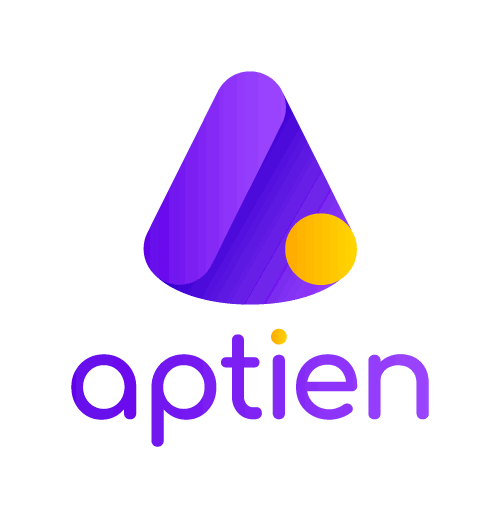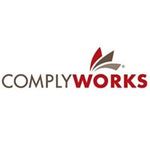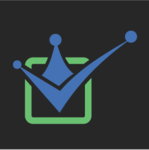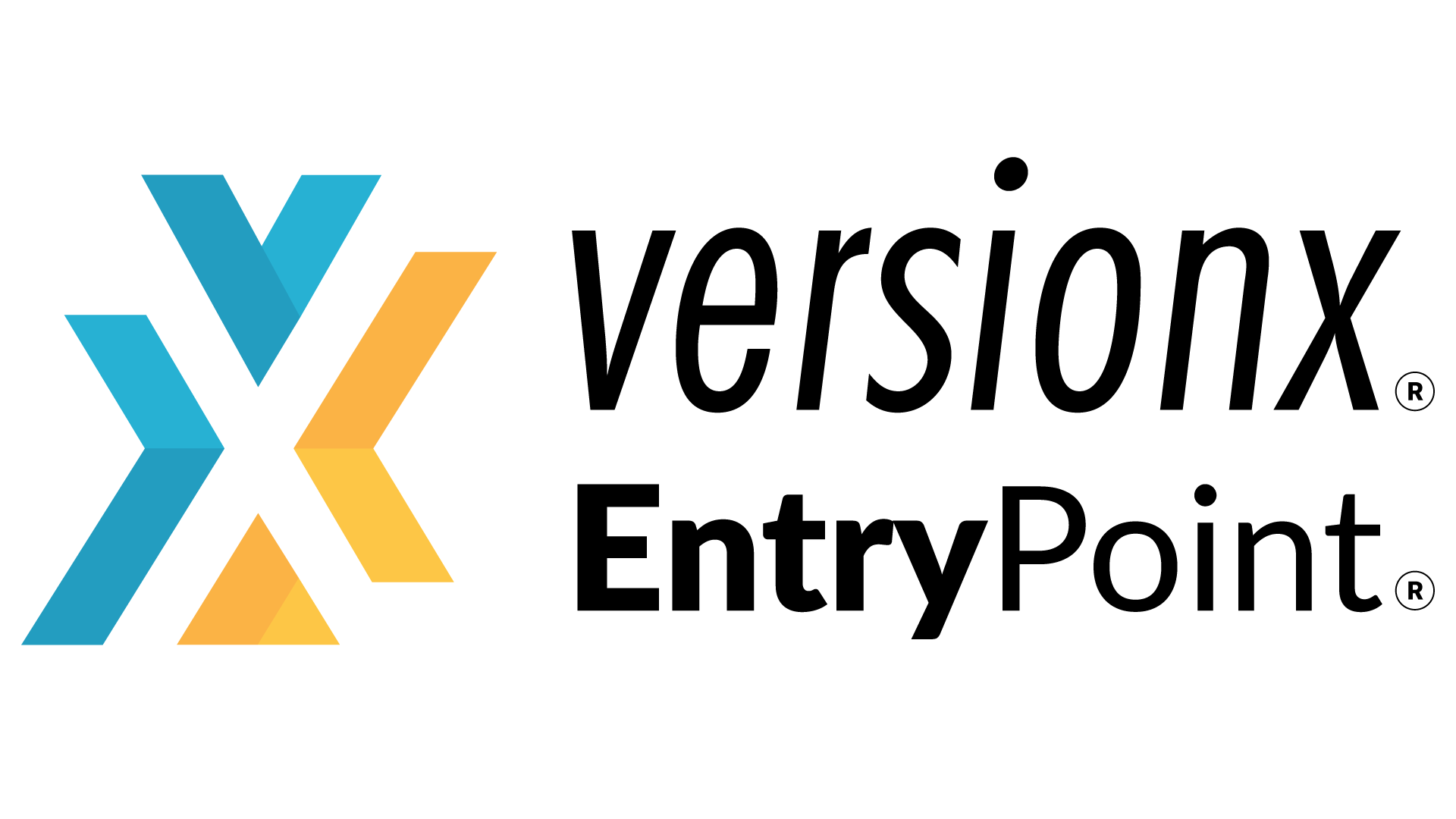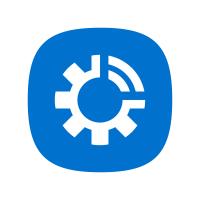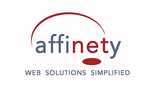What Is Facility Management Software?
Buildings, facilities, and assets can be effectively managed and maintained with the use of facility management software, sometimes referred to as Computer-Aided Facility Management (CAFM) software. It is intended to assist in automating and streamlining a number of facility management duties, including inventory control, space planning, maintenance, and more. The capacity of facility management software to consolidate all pertinent data and information about a facility is one of its primary features.
This contains information about the equipment inventory, maintenance plans, building layout, and significant papers. Better organization and decision-making are made possible by having all of this information in one location, which also streamlines the management process. Software for facility management aids in task management in addition to information management.
It enables users to plan and allocate certain jobs, such upkeep and repairs, to particular staff members or groups. This helps to minimize downtime and avoid any possible problems by guaranteeing that jobs are finished quickly and effectively. The capability of facility management software to track and monitor assets is another crucial feature. This covers the utilization of resources and space within a facility, as well as inventories and equipment.
Facility managers can find possible areas for improvement and make data-driven decisions to maximize resources and space by monitoring these parameters. Additionally, facility management software provides analytics and reporting capabilities that shed light on a facility's patterns and critical performance metrics. This can assist in pinpointing areas that require cost cutting, budget optimization, and increased productivity.
What Are The Recent Trends In Facility Management Software?
Advances in technology and shifting customer demands have led to a dramatic change in facility management software in recent years. To choose the best facility management software for your company, it's critical for buyers to keep up with the most recent developments in the market.
We will examine the leading developments in facility management software that are changing how businesses oversee their facilities.
1. Solutions Based On The Cloud: The move to cloud-based solutions is one notable development in facility management software. More businesses are choosing cloud-based software over conventional on-premise solutions as a result of the growing popularity of remote work and the requirement for real-time data access. Cloud-based software is a great option for modern facility management since it makes collaboration, scalability, and accessibility from any device easier.
2. Compatibility With Mobile Devices: Mobile device compatibility is another trend in facility management software. Facility managers need a quick and simple way to access and manage information while on the road, especially with the growing use of smartphones and tablets. In order to enable facility managers to access data and carry out operations from their mobile devices, numerous software companies now provide mobile apps or responsive online versions of their products.
3. Integration Of IoT: The facility management sector is undergoing a change because to Internet of Things (IoT) technologies. Facility managers may get up-to-date information on building occupancy, equipment performance, and energy usage by connecting different devices and equipment. After that, this data can be examined to find areas for preventive maintenance, cost reduction, and efficiency enhancements. To manage your facilities more efficiently, as a buyer, seek out facility management software that integrates with the Internet of Things.
4. Predictive: Maintenance and data analytics Advanced data analytics and predictive maintenance features are now available in facility management software due to the growing usage of IoT and real-time data collection. Facility managers can take care of problems before they arise by using the software's ability to forecast probable equipment failures and maintenance requirements by examining patterns and trends in data. This trend enhances facility management's overall effectiveness in addition to reducing costs.
5. Interfaces: That Are Easy to Use The days of cumbersome and complicated software interfaces are long gone. Software for facility management has developed to offer intuitive user interfaces that require little training. This tendency has raised the overall adoption rate of facility management software and made it more accessible to users of all skill levels. To guarantee a seamless adoption process, as a buyer, be sure to select software with an intuitive user interface.
Benefits Of Using Facility Management Software
A facility's resources, operations, and maintenance can be efficiently managed and planned with the help of facility management software. Businesses and facilities managers can profit greatly from it, which helps them optimize productivity and streamline procedures. The main advantages of utilizing facility management software will be covered in this buyer's guide, along with the reasons it is a necessary investment for any kind of facility.
1. Centralized Management: The ability to centralize all facility-related data and responsibilities in one location is one of the main benefits of utilizing facility management software. This lowers the possibility of errors and does away with the requirement for human record-keeping. A consolidated system makes the process more effective and well-organized by allowing facility managers to conveniently access and manage data from a single platform, including inventory, work orders, and maintenance schedules.
2. Cost Savings: Businesses can save money in a variety of ways by utilizing facility management software. The program lowers the likelihood of expensive repairs by enabling facility managers to spot and address maintenance concerns early on. Additionally, it aids in resource optimization, including inventory and energy use, which over time may result in considerable cost savings.
3. Better Maintenance: By automating and scheduling chores, facility management software provides a proactive approach to maintenance. By guaranteeing prompt maintenance, this not only keeps a facility operating efficiently but also increases the equipment's lifespan. Businesses can save time and money by using capabilities like predictive maintenance, which allows the software to spot possible problems before they become serious ones.
4. Improved Collaboration And Communication: Effective communication is essential to facility management, and it can be greatly increased with the correct software. Facility management software facilitates teamwork and communication, making it simpler to assign jobs, monitor progress, and disseminate critical updates. By preventing misunderstandings and guaranteeing that everyone is in agreement, this promotes better decision-making and increased output.
5. Real-Time Data And Reporting: Facility managers may see a comprehensive picture of their facility's performance thanks to real-time data and reporting provided by facility management software. They may easily access analytics, dashboards, and reports to keep an eye on important parameters like maintenance expenses, energy consumption, and downtime. This enables them to track their progress over time, discover areas for development, and make data-driven decisions.
Important Factors To Consider While Purchasing Facility Management Software?
There are a number of significant variables that should be properly taken into account when buying facility management software. The effectiveness, productivity, and general success of your company can be significantly impacted by the software you choose, which is the foundation of a good facilities management plan.
We will go over the most important factors to consider while choosing facility management software.
1. Features And Functionality: The software's features and functionality should be taken into account first. The primary functions of a good facility management software should include work order administration, asset tracking, maintenance scheduling, and reporting. It's also critical to ascertain whether the software has any extra capabilities, including barcode scanning, mobile adaptability, or system integration.
2. Scalability And Customization: Your facilities management requirements will expand along with your company. Selecting software that is scalable and flexible enough to adjust to your company's evolving needs is essential. Additionally, think about if the software can be customized to meet your unique needs. This will guarantee that throughout time, the program will continue to satisfy your demands.
3. User-Friendliness: Another important consideration is how simple the software is to use. In addition to making it simpler for your staff to understand and utilize the program, an intuitive design and user-friendly interface can boost productivity. To evaluate the software's usability, try the demo or trial version.
4. Integration Capability: Software for facility management shouldn't operate independently. It ought to work in unison with other systems, including project management tools, billing software, and accounting software. This would guarantee effective data exchange and optimize procedures among several divisions.
5. Data Security: Private information about work orders, maintenance plans, and assets is stored in facility management software. Therefore, it's critical to take into account the software's security features. To safeguard your data from possible online risks, look for software that provides data encryption, access limits, and frequent backups.
6. Customer Support: When utilizing the product, technical problems or inquiries may come up at any point. As a result, picking a software supplier that provides dependable customer service and timely support is crucial. Before making a purchase, check the software's customer support ratings and reviews.
7. Budget: Finally, it's critical to think about the software's price and whether it fits within your means. Remember that the least expensive choice might not always be the best one because it might not have the features you need or offer subpar customer support. However, choosing the priciest software could not end up being cost-effective in the long term. Take into account the requirements of your company and select software that provides the best value.
What Are The Key Features To Look For In Facility Management Software?
Computer-aided facility management (CAFM) software, commonly referred to as facility management software, is a potent instrument for automating and simplifying a number of facility management duties. It can be difficult for a buyer to sort through the wide selection of facility management software and decide which features are necessary for your particular requirements. Here are the main characteristics of a facility management software that will help you make your decision:
1. Space Management: Accurately managing and tracking a facility's physical space is one of the main functions of facility management software. Creating floor plans, monitoring occupancy, and overseeing additions, moves, and modifications inside the area are all included in this. Choose software with a strong space management feature that makes it simple to update and provides a visual depiction of the architecture of your business.
2. Maintenance Management: This is yet another important aspect to take into account. This entails organizing work orders, keeping track of equipment inventory, and scheduling and monitoring regular maintenance chores. Select software with an easy-to-use maintenance tracking system that lets you assign tasks, issue reminders, and track the status of maintenance projects.
3. Asset Tracking: You can maintain tabs on all of your facility's assets, including technology, furnishings, and equipment, with the use of facility management software. Seek out software that makes it simple for you to document and monitor the location, value, and state of your assets. Budgeting, replacement planning, and spotting possible problems can all benefit from this.
4. Real-Time Reporting: You should have instant access to important metrics and data with a dependable facility management software that offers real-time reporting. Occupancy rates, maintenance records, space usage, and energy usage are a few examples. Seek out software with customizable reporting features so you can modify the reports to meet your unique requirements.
5. Integration Capabilities: The ability of facility management software to interface with various platforms and systems is crucial in the current digital era. Seek software that allows for integration with your current systems, including project management, accounting, and procurement software. This will guarantee data accuracy across all systems and expedite procedures.
6. Mobile Accessibility: Having a facilities management software that is mobile-friendly is essential given the growing popularity of remote work. This makes it simple to operate a facility from any location by providing on-the-go access to information and changes. For best usability, look for software with a responsive online interface or a mobile app.
7. Scalability: Your facility's management requirements will expand along with it. Choose a facilities management program that can grow with you and meet your changing requirements. By doing this, you will avoid the trouble and expense of later having to convert to new software.
Why Do Businesses Need Facility Management Software?
A useful tool for companies of all sizes and sectors is facility management software. It facilitates the organization and simplification of crucial building and facility management activities, duties, and procedures. Facility management software's sophisticated features and capabilities can significantly boost productivity and efficiency, lower operating expenses, and ultimately boost a company's overall performance and success.
The capacity of facility management software to centralize and automate a variety of duties and activities is one of the main reasons why firms use it. This implies that a single system is used to store and manage all necessary data, including work orders, maintenance schedules, and inventory levels. In the end, this saves time and effort by lowering the possibility of mistakes and misunderstandings as well as doing away with the need for several tools and spreadsheets.
Additionally, real-time tracking and reporting are provided by facility management software, giving companies a comprehensive picture of the performance and present state of their facilities. This helps them to spot possible problems early on and fix them, avoiding interruptions and downtime. The program may also produce thorough reports on work orders, expenses, and other crucial information, offering insightful information for wise decision-making.
The affordability of facility management software is still another important advantage. Businesses can drastically cut their operating expenses by automating a variety of functions, optimizing workflows, and enabling efficient management. Businesses can also effectively track and manage their inventory and assets with the program, which helps them avoid wasting on maintenance and replacements.
Software for facilities management also improves stakeholder engagement and communication. Businesses can encourage improved coordination and communication between staff, vendors, and other stakeholders by implementing features like work order management, real-time messaging, and a centralized database. This results in quicker and more efficient problem-solving, which enhances user happiness and the user experience in general.
How Much Time Is Required To Implement Facility Management Software?
A number of variables, including the size of your facility, the complexity of your operations, and the degree of customization necessary, might affect how long it takes to implement facility management software. The implementation procedure, however, typically takes a few weeks to several months. Assessing your present procedures in-depth and identifying areas for improvement is the first step in putting facility management software into place.
Identifying important stakeholders and their functions during the implementation phase is part of this. The next step is to choose a software program that fits the objectives and requirements of your organization. To find the greatest fit for your facility, this stage typically include speaking with software suppliers, evaluating features and costs, and setting up samples and demos.
The process of putting the program into use starts when it has been chosen. Usually, this entails system configuration, data migration, and employee training on efficient software use. The complexity of your current systems and the volume of data that has to be moved can affect how long a data migration takes.
System configuration, which can take many weeks to finish, is the process of configuring the software to match your unique facility needs. The number of users and the amount of training necessary will determine how much time is needed for employee training, which is essential to the effective deployment of software. To guarantee a smooth transition to the new software, it is advised to assign a specific installation team and plan frequent training sessions.
What Is The Level Of Customization Available In Facility Management Software?
One essential tool for simplifying and improving a facility's operations is facility management software. The degree of software modification is a crucial factor to take into account while weighing your options. This speaks to the software's adaptability and personalization to a facility's unique requirements and procedures. The functionality, operations, and user interface of facility management software can typically be highly customized.
The precise degree of customisation, however, could vary depending on the seller and the program version. While some applications may have more sophisticated features that provide a greater level of personalization, others may merely give simple customization options, such altering the layout or color palette. The degree of customisation a program offers should be taken into account by purchasers since it has a significant influence on how well it can accommodate the particular requirements of their establishment.
The features and modules offered by facility management software are one area that can be altered. Work order management, asset management, and maintenance scheduling are just a few of the fundamental elements found in most software. To meet particular facility needs, certain providers might, nevertheless, provide more modules or permit the development of unique modules.
The capacity to modify software workflows and procedures is a crucial component of customization. Tasks and roles can be assigned, automated workflows can be set up, and personalized reporting templates can be made. Facilities can optimize their operations and adjust to shifting demands and specifications thanks to this degree of flexibility. Additionally, facility management software's user interface can be altered to enhance efficiency and user experience.
This could include customizing user profiles with certain rights and access levels, changing the layout, and adding or removing buttons or fields. In general, purchasers should think about the degree of customization offered and assess whether the facility management software can accommodate their unique requirements and procedures. Selecting a more configurable choice can increase flexibility and, in the end, result in a facility management system that is more effective and efficient.
What Is The Level Of Customization Available In Facility Management Software?
Businesses across all industries can benefit from facility management software, but some sectors can take full advantage of its features and potential. These sectors consist of:
1. Healthcare: The healthcare sector has to deal with a lot of patients, complicated rules, and stringent compliance standards. Healthcare facilities may guarantee patient safety and regulatory compliance by effectively managing their physical assets, medical equipment, and maintenance duties with the use of facility management software.
2. Hospitality: Customer happiness is essential to the success of the hospitality sector. Hotels, restaurants, and other hospitality enterprises may keep their customers' spaces tidy and comfortable with the use of facility management software. Additionally, it helps them to monitor and handle maintenance requests and guarantee prompt resolution, which enhances the visitor experience.
3. Education: Many of the structures and facilities at schools and colleges need to be maintained. By managing maintenance schedules, inventory control, and resource allocation, facility management software can assist educational institutions in providing a secure and comfortable learning environment for both faculty and students.
4. Manufacturing: To run effectively, manufacturing facilities need to maintain a wide network of assets. Manufacturers may schedule maintenance jobs, plan uptime and downtime, and monitor equipment maintenance with facility management software to reduce production interruptions.
5. Retail: Keeping a clean and well-maintained store is essential for drawing clients and fostering a favorable brand image in the retail sector. To guarantee a flawless shopping experience, facility management software may assist merchants with inventory tracking, cleaning and restocking scheduling, and store maintenance management.
6. Banking And Finance: The banking and finance industry contains a lot of physical assets that need to be maintained on a regular basis, such as data centers, branches, and ATMs. Financial institutions can avoid any possible interruptions to their operations by managing these assets and keeping an eye on their status with the aid of facility management software.
Conclusion
In summary, companies of all sizes may now effectively manage their facilities with the help of facility management software. This program improves overall productivity and streamlines procedures with its many capabilities, including asset tracking, maintenance scheduling, and space management. It is crucial for purchasers to carefully evaluate their unique demands and select a solution that fits their objectives and budget when contemplating the purchase of facility management software.
It's also important to consider elements like scalability, user-friendliness, and system integrations. To choose which software choice is best for their company, purchasers should also speak with vendors, study user reviews, and conduct in-depth research on various software options. To make an informed choice, a thorough comparison of features, pricing schemes, and customer service should be carried out.
In the end, purchasing facility management software can result in considerable financial savings, enhanced organization and efficiency, and eventually higher customer and employee satisfaction. Businesses can benefit from this potent technology by carefully weighing all factors and selecting the best option.




